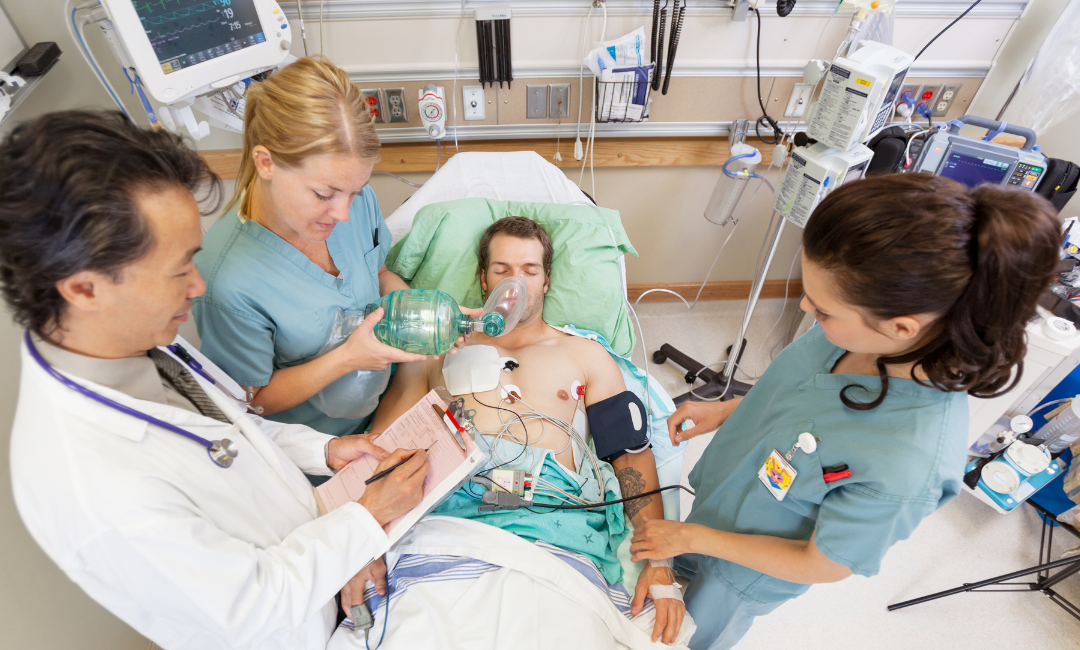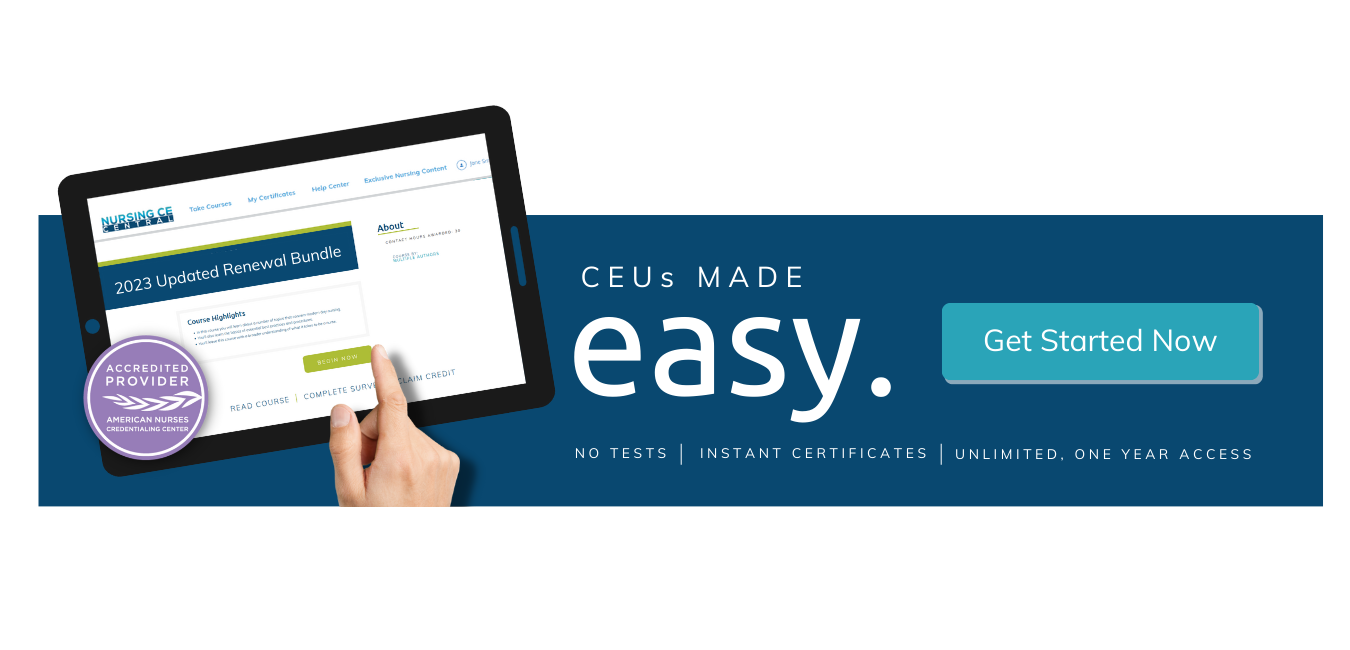How to Put Psychological First Aid Into Action
Various resources exist to help you put PFA into practice. There’s really no cookie-cutter approach to implementing psychological first aid. Recommended considerations when approaching a colleague in crisis are to create a sense of safety, calming, self-efficacy, connectedness, and hope.
You may be asking yourself “What does that even mean?” Let’s talk about it in simple terms:
Safety
After a workplace violence incident, your coworker might understandably feel unsafe. Remember that the core of PFA is addressing the issue as soon as possible after an incident. Creating a sense of safety could mean removing the nurse from the location where the incident occurred. As a leader, this could mean changing the nurse’s assignment. For a peer, this could mean asking the nurse if they want to take a walk or talk in private.
Calming
Help the nurse to manage stress and emotions. Assure them it’s normal to feel distressed immediately after an incident. Assisting with stress management in the moment can look different for different people. Some may offer prayer, meditative techniques, guided imagery, or deep breathing exercises, while others could offer fitness and nutrition advice.
There are a few things to consider before offering any help. Be mindful to remain culturally competent and sensitive. As cultures differ, make sure to ask permission to give advice or to demonstrate any stress management techniques. Also, be sure not to encourage the excessive use of substances as a coping mechanism.
Self-Efficacy
Self-efficacy is defined as the belief that you can be successful when carrying out a particular task. It reflects confidence in the ability control your own motivation, behavior, and social environment. In this instance, a nurse leader or peer could highlight the nurse’s strengths in handling previous situations to encourage the ability to cope with the current situation. After experiencing a workplace violence incident, it is understandable that a nurse will feel out of control. Emphasizing things the nurse has control over can help.
Connectedness
If the nurse needs a few moments alone to gather thoughts, that’s totally fine, but try to discourage isolation. But remember — alone time is different from isolation.
Connecting the nurse to support groups and other resources is an integral part of PFA. Again, this doesn’t always need to be the nurse leader’s responsibility. As a peer, you have the power to empower your colleagues.
In some organizations, support may include the employee assistance (EA) program. Other organizations may have a peer-support program. Outside of the organization, promoting connectedness may look like connecting with trusted family and friends. Ask nurses if they have a support system outside of work. Once you have that answer, it’s easier to assess what support connections are needed. Again, PFA is not a replacement for professional counseling. Sometimes that connectedness includes a meeting with a psychologist or mental health counselor.
Hope
It only takes one incident for a nurse to lose hope. How others respond to the situation is vital in building hope. Take a workplace violence incident, for example. One thing I’ve heard while educating on workplace violence prevention is that nurses sometimes don’t feel supported post-crisis, whether it’s a slow response from public safety and behavioral health specialists or a nurse leader not checking on them in a timely manner.
Debriefing needs to occur as soon as possible. Nurses need to know they’re supported. There also needs to be a discussion on what actionable items can be implemented to mitigate risk and potentially prevent future events. Having that support brings hope that the organization cares about the well-being of the nurse.









